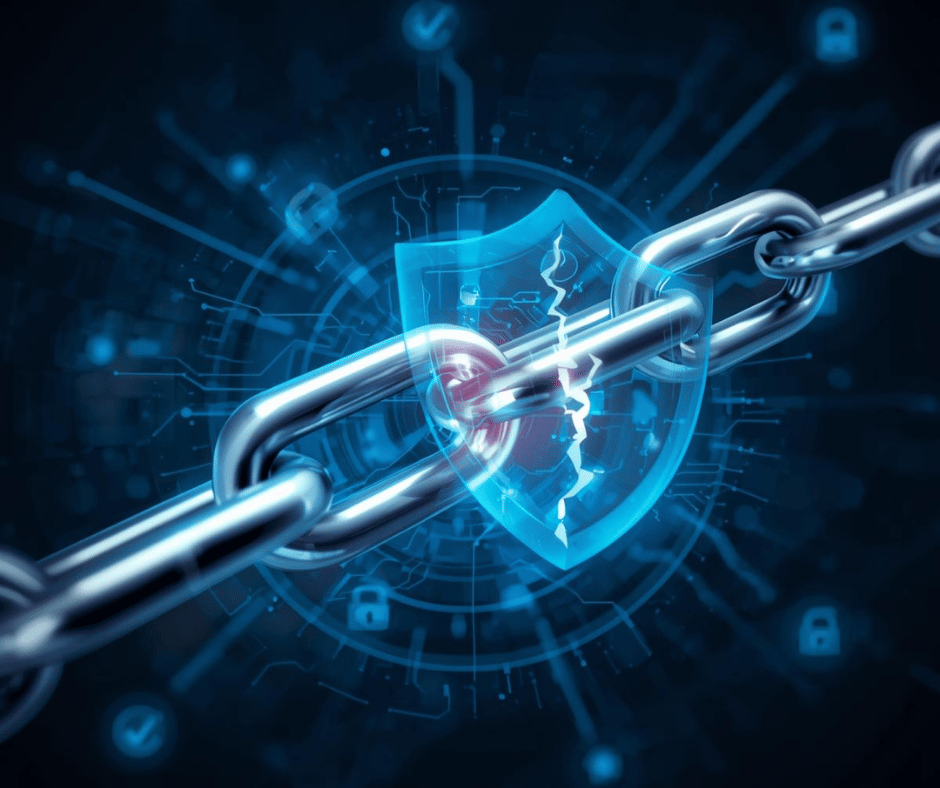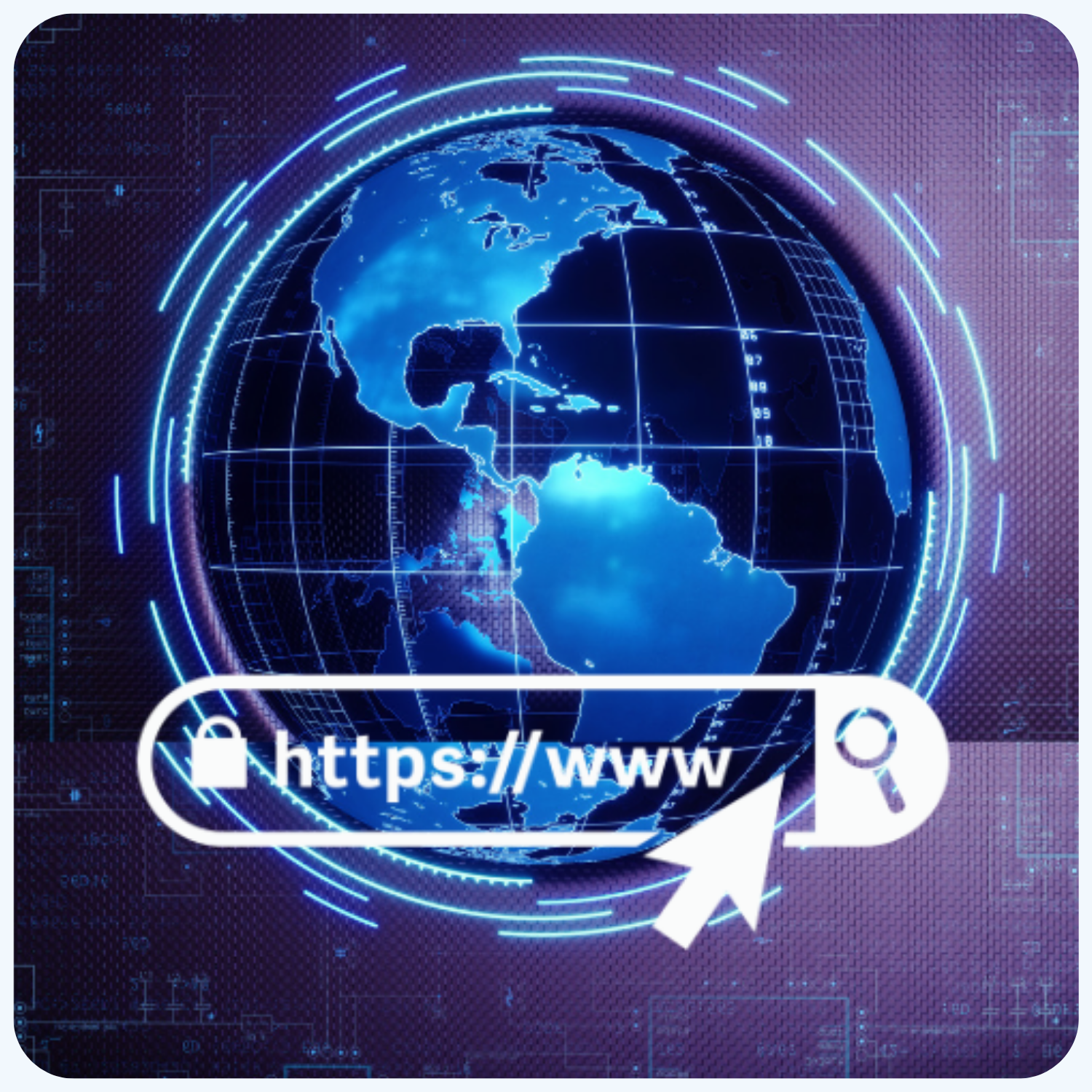
Security Posture Services for Australian SMBs – Protect Your Business from Cyber Threats
Ensure your business stays secure with expert-led security posture assessments, continuous monitoring, and proactive staff training.
Why Your Business Needs a Strong Security Posture
Australian SMBs are increasingly targeted by cybercriminals. Hackers exploit human error, weak passwords, and outdated policies to access your critical systems.
A robust security posture enables your business to:
Prevent cyber attacks with proactive defenses
Comply with regulations and industry standards effortlessly
Maintain customer trust with reliable systems
Respond quickly to incidents and minimise damage
Your security is only as strong as your weakest link—Ezynode strengthens every link in your organisation.

Comprehensive Security Posture Services to Protect Your SMB
We offer a full suite of services designed to protect your business at every level:
1. Security Posture Assessment
Identify vulnerabilities, evaluate policies, and receive a tailored report with actionable recommendations.
2. Continuous Security Posture Management
Stay ahead of threats with ongoing monitoring, real-time updates, and proactive adjustments.
3. Security Awareness Training
Transform your staff into “human firewalls” with practical training to reduce human risk.
4. Simulated Phishing Tests
Test your team’s readiness and improve responses to real-world phishing attacks.
5. Dark Web Monitoring
Detect compromised credentials or sensitive data exposure before it becomes a risk.
6. Policy Management
Streamline and enforce security policies for consistent organisational protection.
Ongoing Cyber Safe Data Posture Management – Monthly Protection & Monitoring
For businesses seeking continuous protection, our Cyber Safe Data Posture Managed Service includes:
Monthly phishing tests with actionable reporting
Monthly cybersecurity awareness training and progress tracking
Monthly dark web scans to detect breaches early
Policy document management and monitoring
Weekly location logins audit
This managed service also includes tailored training courses, phishing simulations, policy enforcement, and breach monitoring to ensure your organisation stays secure against evolving threats.
Key Benefits:
Comprehensive, ongoing risk assessment
Customised training and phishing tests
Efficient and reliable policy management

How Our Security Posture Services Protect Your Business
Step 1: Assess Your Current Security Posture
Evaluate your systems, staff practices, and policies
Identify risks and vulnerabilities
Receive a tailored posture report
Step 3: Deploy Security Solutions & Empower Your Team
Implement policies, software, and tools
Conduct ongoing awareness training to reduce human risk
Step 2: Design a Tailored Cybersecurity Strategy
Develop a customised data protection plan aligned with your business needs
Set actionable milestones to strengthen your cyber defenses
Step 4: Monitor, Detect, and Optimise Security Posture
Detect threats in real time using advanced tools
Regularly refine your posture to stay ahead of emerging risks
Understand Your Security Posture Levels & Readiness
Every business has a security posture, the question is how prepared are you against real-world threats Ezynode evaluates your organisation across four maturity levels to identify gaps, strengthen your defences, and guide your path toward full cyber resilience.
We assess your organisation’s readiness with four levels:
Basic – Essential Protection
Foundational controls such as password policies, basic endpoint protection, and limited cyber awareness. Great for small teams starting their security journey, but still highly vulnerable to phishing and credential attacks.
Intermediate – Improved Awareness & Controls
Security policies, MFA usage, improved access control, and introductory employee training. Your organisation can stop common threats but may still struggle with targeted or sophisticated attacks.
Advanced – Mature Monitoring & Risk Management
Proactive security monitoring, regular audits, phishing tests, documented procedures, and defined incident response. Threats are detected faster, and decision-makers have clear visibility of risks.
Mature – Fully Optimised & Resilient
Security becomes part of daily operations. Continuous monitoring, advanced training, policy lifecycle management, and automated threat detection keep your organisation highly resilient and compliant.
Ezynode Helps You Progress From Basic → Mature
No matter where your organisation currently stands, we provide the audits, training, monitoring, and policy frameworks needed to steadily elevate your security posture — ensuring maximum protection, operational confidence, and business continuity.

Why SMBs Trust Ezynode for Security Posture Services
Partnering with us delivers:
Enhanced Cyber Resilience
Stay protected against emerging threats
Improved Data Security
Safeguard sensitive systems and data
Regulatory Compliance
Meet legal and industry standards effortlessly
Cost Efficiency
Reduce potential losses from cyber incidents
Empowered Workforce
Staff trained to maintain proactive security practices
We don’t just protect your systems; we fortify your business and empower your team.
Why Cybersecurity and Security Posture Are Vital for Your Business
A strong security posture allows your business to:
Turn staff into “human firewalls”
Protect sensitive data and intellectual property
Build customer and partner trust
Prevent identity theft and financial loss
Avoid legal penalties and reputational damage
Don’t let ransomware or cyber attacks hold your business hostage—take action today.

Secure Your Business Today – Free Security Assessment
Take the first step toward a fully protected business by evaluating your current security posture, receiving a personalized report with actionable recommendations, and discovering ongoing managed services to keep your business safe.
DON’T LET RANSOMWARE HOLD YOUR BUSINESS HOSTAGE
SEE ALL OUR CLOUD SOLUTIONS
Solution to give you Peace of Mind

Subscribe To Our Newsletter
Subscribe for exclusive cybersecurity insights and offers straight to your inbox.
We respect your privacy











